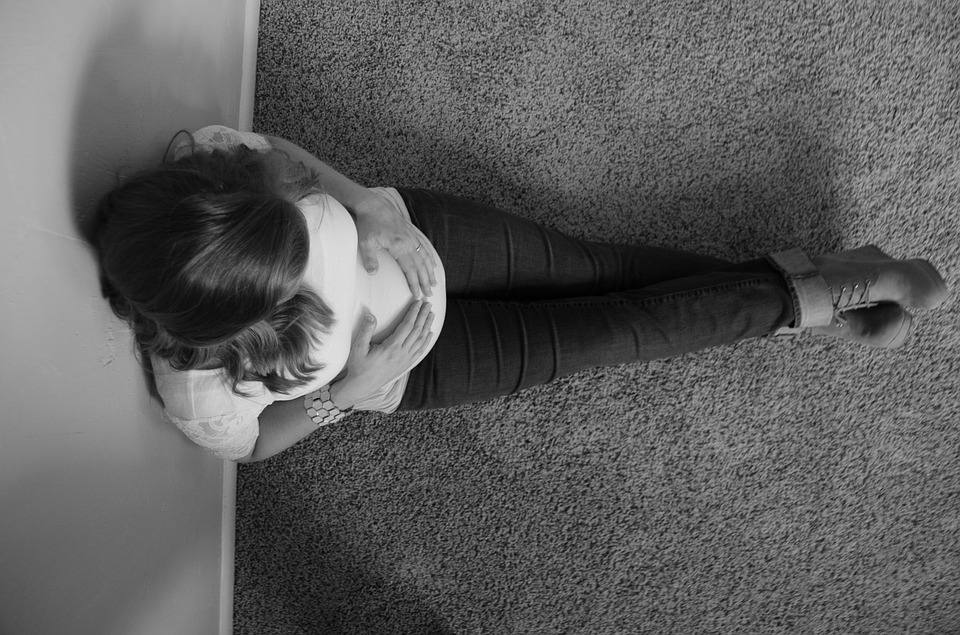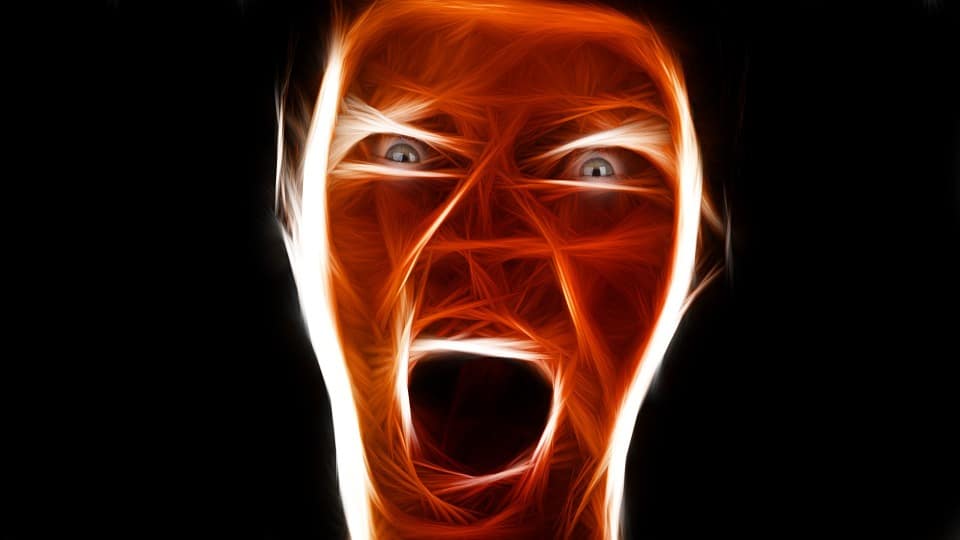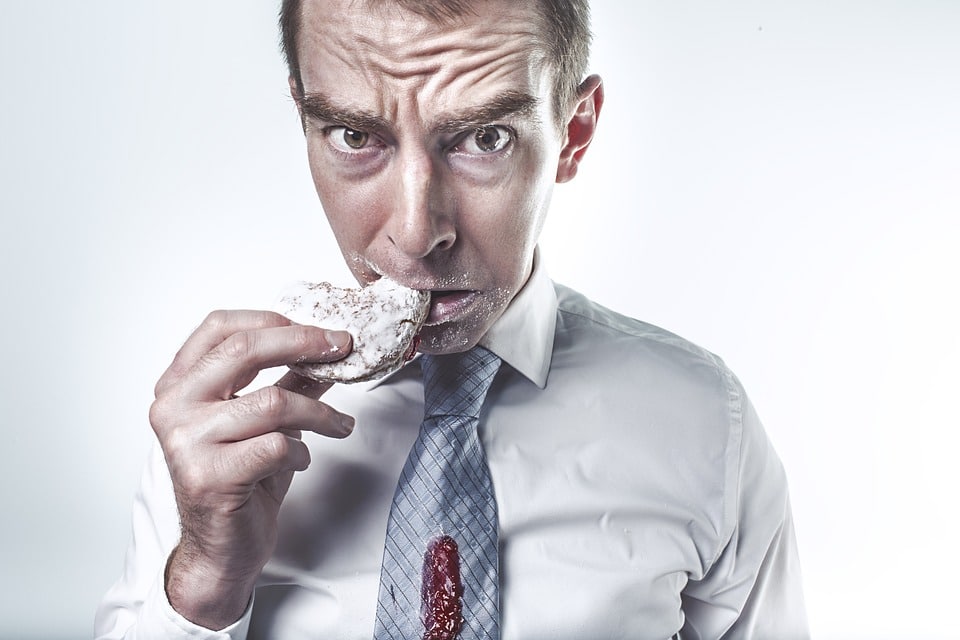My Experience
I pretty much had a mostly happy go lucky childhood aside from a few adversities (parents divorce, some bullying, slight physical handicap). I’m grateful I’ve never borne the brunt of anxiety – sure I’ve been stressed or worried but never excessively or regularly. My personal experience with depression started as post-partum depression after my youngest was born. Admittedly this period was influenced by numerous external stressors such as family issues (living in a foreign country away from friends/family and a major falling out with my brother), starting a new business (ScuttleBugs), financial pressures and relocating with a toddler and baby. I finally sought medical advice about 6 months in (and a couple of times since when I’ve grappled with subsequent bouts). For me, despite being quite fortunate and not having to deal with poverty, isolation, or major set-backs, periodically depression has sucked any semblance of joy from my life. I couldn’t even enjoy the little things or revel in beautiful moments. Now such phases are more manageable and treatable.
The Edinburgh Postnatal Depression Scale (EPDS) is a set of 10 questions that can help you and your health professional get a better sense of how you’re feeling. Many women experience the ‘baby blues’ between the third and tenth day after giving birth, due to changes in hormone levels following childbirth which can make you feel tearful, irritable or very sensitive. This usually passes within a few days without specific care – plenty of support and understanding from your loved ones usually does the trick. However, as evidenced by my personal dealings with this form of depression, if symptoms stick around beyond a couple of weeks, you could be experiencing anxiety or depression.

The symptoms of anxiety are the same during pregnancy and early parenthood as any other point in our lives. It’s common to experience symptoms of depression at the same time as anxiety. You might hear some of these terms used and wonder what they mean. Perinatal, antenatal and postnatal depression – what’s the difference?

Antenatal depression is when you experience depression during pregnancy. Plenty of women experience Postnatal depression, which typically develops between one month and up to one year after the birth. Because depression can start before or during pregnancy and continue after childbirth, the term Perinatal depression is used to cover the whole period from conception until your baby is 12 months old. Depression may also return in a following pregnancy or after the birth of another child.
Depression during pregnancy and early parenthood doesn’t just affect new mums – dads are also at risk. If you’ve recently become or are about to become a father, there are numerous resources, classes and support groups to help you deal with stress and take care of yourself throughout this time too.
Bipolar disorder and Cyclothymia (a mild form of bipolar disorder)
I have a couple of friends who have been diagnosed with bipolar disorder. They spoke at length with me about how this condition affects them and their lives. Formerly known as manic depression, bipolar disorder causes extreme mood swings that includes both emotional highs (mania or hypomania) and lows (depression).
When you become depressed, you may feel sad or hopeless and lose interest or pleasure in most activities. When your mood shifts to mania or hypomania (less extreme than mania), you may feel euphoric, full of energy or unusually irritable. These mood swings may affect sleep, energy, activity, judgment, behavior and the ability to think and communicate clearly (verbally and in written form).
Episodes of mood swings may occur rarely or multiple times a year. While most people will experience some emotional symptoms between episodes, some may not experience any. Although bipolar disorder is a lifelong condition, mood swings and other symptoms can be managed by following a treatment plan that helps you cope and function better in everyday life. In most cases, bipolar disorder is treated with medications and psychological counseling (psychotherapy).
Schizophrenia
Schizophrenia is classified as a chronic and severe psychotic disorder that affects how a person thinks, feels, and behaves. In the U.S. it affects less than one percent of the U.S. population (but that equates to an estimated 2.2 million Americans each year! Here is an overview of the various forms or phases of the condition.
Positive – the individual loses touch with some aspects of reality with symptoms including hallucinations, delusions, thought disorders (unusual or dysfunctional ways of thinking), and movement disorders (agitated body movements).

Negative – symptoms such as the “Flat affect” (reduced expression of emotions via facial expression or voice tone, reduced feelings of pleasure in everyday life, difficulty beginning and sustaining activities, reduced speaking or expression of emotions disrupt normal emotions and behaviors.
Disorganization – symptoms include confused and disordered thinking and speech, trouble with logical thinking and sometimes bizarre behavior or abnormal movements.
Cognitive - noticeable changes in memory or other aspects of thinking with symptoms including poor “executive functioning” (the ability to understand information and use it to make decisions), trouble focusing or paying attention, problems with “working memory” (the ability to use information immediately after learning it) and a decline in educational performance or learning ability.
As mentioned earlier the exact causes of schizophrenia are still unknown and while there is no cure for schizophrenia, research is leading to new, safer treatments. Researchers believe that a number of genetic and environmental factors contribute to causation, and life stressors may play a role in the disorder’s onset and course. Schizophrenics require lifelong treatment including Antipsychotics, psychosocial treatments and Coordinated Specialty Care (CSC).
Schizophrenia does not mean split personality or multiple-personality. Today, according to Wikipedia this mental disorder is referred to as Dissociative identity disorder (DID), previously known as multiple personality disorder, is a mental disorder characterized by at least two distinct and relatively enduring personality states. This is accompanied by memory gaps beyond what would be explained by ordinary forgetfulness. These states alternately show in a person's behavior; presentations, however, are variable. Other conditions which often occur in people with DID include borderline personality disorder (BPD), posttraumatic stress disorder (PTSD), depression, substance use disorders, self-harm, or anxiety.

Eating disorders
Eating disorders are serious but treatable mental and physical illnesses that can affect people of every age, sex, gender, race, ethnicity, and socioeconomic group. National surveys estimate that 20 million women and 10 million men in America will have an eating disorder at some point in their lives. Whilst no one knows for sure what causes eating disorders, a growing consensus suggests that it is a range of biological, psychological, and sociocultural factors.
Anorexia Nervosa is an eating disorder characterized by weight loss (or lack of appropriate weight gain in growing children); difficulties maintaining an appropriate body weight for height, age, and stature; and, in many individuals, distorted body image. People with anorexia generally restrict the number of calories and the types of food they eat. Some people with the disorder also exercise compulsively, purge via vomiting and laxatives, and/or binge eat.
Bulimia Nervosa is a cycle of binge eating with a lack of control of what or how much they eat followed by a compensatory behavior such as induced vomiting, laxatives/diuretics, fasting or excessive exercise. Many have a skewed view of their physical image (shape/weight) or more appropriately, body dysmorphia.
The Mayo Clinic defines Body Dysmorphia as a mental disorder in which you can't stop thinking about one or more perceived defects or flaws in your appearance — a flaw that, to others, is either minor or not observable. But you may feel so ashamed and anxious that you may avoid many social situations.
Binge-eating Disorder is the most common eating disorder in the United States. It refers to the regular bouts of consuming large quantities of food in a short period of time (often alone or when not even hungry), eating to and beyond the point of discomfort, sense of no control during the episode, shame/guilt/distress afterwards, doesn’t follow with unhealthy compensatory measures as cited above in notes about bulimia
Some lesser known disorders include:
Orthorexia was coined in 1998 and means an obsession with proper or ‘healthful’ eating. Although being aware of and concerned with the nutritional quality of the food you eat isn’t a problem in and of itself, people with orthorexia become so fixated on so-called ‘healthy eating’ that they actually damage their own well-being.
OSFED (other specified feeding or eating disorder), Avoidant Restrictive Food Intake Disorder,Pica, Laxative abuse and compulsive exercise are increasingly prevalent especially due to societies obsession with looks and beauty, being bombarded with images projecting or portraying a “perfect” thing, person, life……..but according to whom? We will touch on this branch topic in a future blog.
Self-harm/Suicidal behavior
Self-harm refers to people deliberately hurting their bodies. It is usually done in secret and on places of the body that may not be seen by others. The most common type of self-harm is cutting, but there are many other types of self-harm including burning or punching the body, or picking skin or sores. In general people self-harm as a way of coping. People often talk about harming themselves as a way to relieve, control or express distressing feelings, thoughts or memories. Some people harm themselves because they feel alone, while others do so to punish themselves due to feelings of guilt or shame.

Suicidal tendencies, whether intentional or not, indicate a dire problem. They can be the result of internal conflict, external circumstances or worse yet a combination of the two. I can’t imagine what it must be like to agonize to the point of feeling that life isn’t “worth it”. Unfortunately, suicide and associated cases/stats are on the rise in all walks of life. A significant number of suicide attempts or instances stem from the torment of mental illness. Seek immediate help if you or someone you know/encounter feels this way or displays signs of such.
Attention Deficit/Hyperactivity Disorder – Be on the look out for my follow up blog covering Mental Illness in Children which will cover this condition. I’ll also elaborate on Codependency and other interesting facts then too.
Treatment
- Anti-psychotic, Antidepressant and Mood stabilizing medicines—especially when combined with psychotherapy have shown to work very well in the treatment of depression
- Psychotherapy—most often cognitive-behavioral and/or interpersonal therapy (e.g. CBT, DBT and CCT). This therapy is focused on changing the person’s distorted views of himself or herself and the environment around him or her. It also helps to improve interpersonal relationship skills, and identifying stressors in the environment and how to avoid them
- Group therapy – Family, peer, support group (AA, NA, Al-Anon etc. fall into this gategory)
- Other therapies, such as electroconvulsive therapy and transcranial stimulation
- Self-medication
- Self care – Mindfulness/Meditation, exercise, sleep hygiene, consuming mainly healthy food, connections, cleaning/organizing (I’m a massive fan of lists except only problem is the growth versus checked off items is disproportionate and can be a trigger of frustration in itself)
When correctly diagnosed and treated, people with mood disorders can live, stable, productive, healthy lives. Families and friends play a vital supportive role in any treatment process. How can you best support loved one’s with mental illness? IMHO it’s best to talk with them about how they would like you to help or support them. Have a discussion at an appropriate time – not when they’re at the height of a panic attack or in the depths of despair! Read up on and incorporate a number of useful tips and tools to assist them and you during this difficult and often traumatic time.
Mentalhealthfirstaid includes helpful advice and resources such as this slideshow that highlights ALGEE and training options for a number of professions or personal reasons:
A-Assess for risk of suicide or harm
L-Listen non-judgementally
G-Give reassurance and information
E-Encourage appropriate professional help
E-Encourage self-help & other support strategies
It is so important to be kind to the people around you because you will never know their pain or what they’re going through. Everyone needs a supporter, and these tips really do help when someone is in a negative head space. Take the time to comfort someone, even if you don’t know them, because they might not have anyone to confide in. The love and support you put out will not only save/change someone’s life it circles back home to you too.
Click here to read the next blog on Mental Illness in children.
